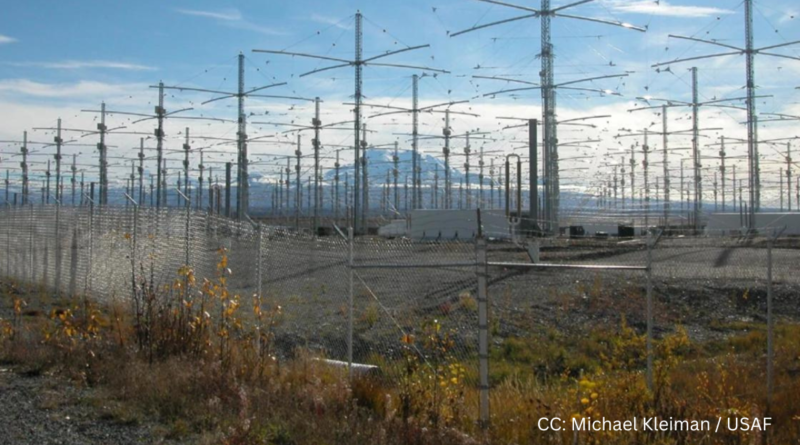When Was HAARP Created? A Pioneering Ionospheric Research Facility
Located in Gakona, Alaska, the High-Frequency Active Auroral Research Program (HAARP) is a distinctive scientific research facility that has studied the Earth’s ionosphere since its inception in the late 1980s. Since over thirty years ago, this advanced facility operated by the University of Alaska Fairbanks Geophysical Institute has been at the vanguard of Ionospheric studies.
Recently however, HAARP is trending due to claims made on social media by conspiracy theorists that auroras observed across Europe, North America and Australia as well as New Zealand were not natural but were instead caused by HAARP testing. These allegations received no backing hence sparking conversations and assumptions about what takes place at the facility concerning such nature related phenomena like auroras. In spite of being baseless, controversy around HAARP’s alleged involvement in creating artificial auroras has gained traction and continues to fuel debates about its objectives and capabilities.
When was HAARP started?
HAARP was developed in late 1980s as a joint project between U.S Air force and Navy aimed at researching into ionosphere effects on communication as well as navigation systems. Officially established in 1993, it began later its research activities.
With up to 3.6 gigawatts of effective radiated power (ERP), the HAARP site includes a powerful high-frequency (HF) transmitter that delivers energy to the ionosphere. These interactions include understanding how earth’s upper atmosphere reacts with sun radiations; thus it helps scientists understand if human-induced changes have an impact on these features or not.
Major Areas of Study at HAARP
These projects included several things:
- Investigations into HF heating impacts on ionospheric behaviors for navigational and communication purposes
- Researching into manmade creation of artificial aurora phenomenon consequences in upper atmosphere
- Determining whether HF heating can be used for scientific or practical modification of ionosphere
- Finding out more about influences from Earth magnetic field on ionosphere
HAARP’s Accomplishments and Disputes
The facility has also published scholarly articles, adopted innovative approaches, and so forth.
Nonetheless, there have been arguments and speculations surrounding HAARP about weather control, mind programming by radio waves as well as HAARP as a weapon. These allegations have been thoroughly examined by scientists who found them to be false.
Future of HAARP
Being an essential tool for understanding the complex interactions between the Earth’s upper atmosphere and space environment, HAARP continues to change with research needs. With its state-of-the-art technology and dedicated pool of researchers in place, more amazing findings are possible in future.
Conclusion
From when it was created in the 1980s, the High-Frequency Active Auroral Research Program (HAARP) has always remained at the forefront of ionospheric research. Its powerful HF transmitter along with its unique approach to carrying out scientific studies has contributed a lot towards understanding of Earth’s atmosphere above including what happens within this atmosphere that supports life. This is still true today; therefore it remains an important source for scientific investigation.
